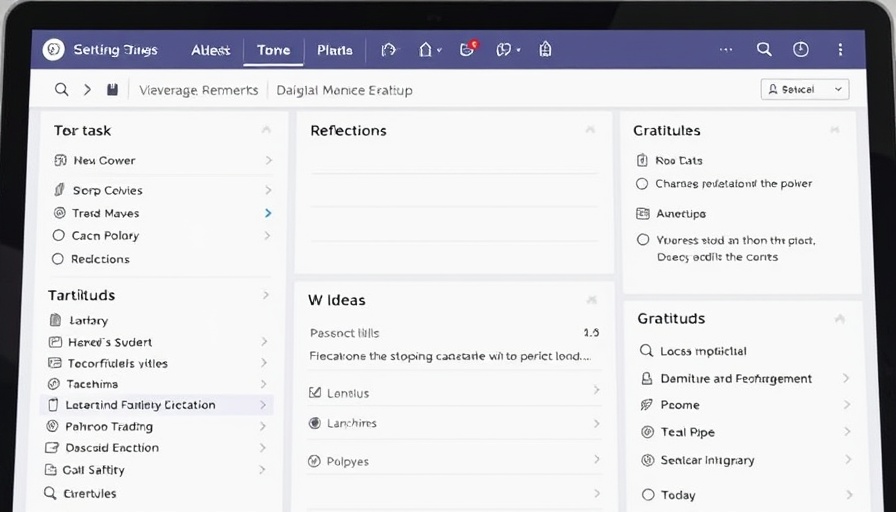
Understanding Customer Enablement: A Key to Growth
As the business landscape becomes increasingly competitive, the concept of customer enablement emerges as a powerful strategy for scaling. This approach focuses on equipping customers with the tools, knowledge, and support they need to succeed using your product or service. By fostering this collaborative relationship, businesses can enhance customer satisfaction, reduce churn, and ultimately drive revenue growth. For small to mid-sized business owners generating between $2M and $10M in annual revenue, understanding and implementing customer enablement can be the key to operational success.
Framework of Customer Enablement: The Processes Involved
The foundation of customer enablement is rooted in effective processes that allow seamless collaboration between a business and its customers. This involves:
- Training and Support: Providing dedicated resources for onboarding and continuous learning ensures customers feel confident using your product. A well-designed training program can streamline the learning curve, making customers feel empowered.
- Communication Channels: Establishing open lines of communication via chats, forums, or email support not only aids in troubleshooting but also fosters a sense of partnership, making customers feel valued and engaged.
- Feedback Mechanisms: Regularly seeking input from customers helps businesses refine their offerings and address pain points proactively, creating an environment of continuous improvement.
Tools to Optimize Customer Enablement: Software Solutions
To enhance customer enablement efforts, leveraging the right software tools is critical. Various project management and collaboration platforms offer features specifically designed to support customer engagement. Consider the following tools:
- Collaborative Work Platforms: Tools like Asana or Trello can help manage customer projects, ensuring that both teams are aligned and tasks are clearly defined.
- Knowledge Management Systems: Implementing a knowledge base like Zendesk or Help Scout provides customers with easy access to helpful articles, tutorials, and FAQs.
- Analytics Tools: Utilizing tools like Google Analytics or customer behavior software can offer insights into how customers interact with your product, informing future training and support processes.
Empower Your Customers: Strategies for Implementation
Incorporating customer enablement into your operational strategy requires a systematic approach:
- Define Objectives: What do you want your customers to achieve? Clear goals should guide your enablement initiatives.
- Create Engaging Content: Develop educational resources that resonate, such as videos, webinars, or interactive sessions that align with customer interests and challenges.
- Test and Iterate: Implement your strategies, collect data on their effectiveness, and be ready to iterate based on feedback and performance metrics.
Conclusion: Next Steps Towards Customer Enablement
As a business owner striving to scale, investing time in customer enablement is a powerful strategy to build lasting relationships that drive success. By focusing on structured processes, optimal tools, and engaging strategies, you can create a thriving ecosystem where customers are empowered to leverage your offerings effectively. Don't just support your customers—enable them to succeed.
Ready to transform your customer relationships? Take the first step by assessing your current customer engagement practices and identifying areas for improvement. By prioritizing customer enablement, you'll not only foster loyalty but also drive your business growth to new heights.
 Add Row
Add Row  Add
Add 



Write A Comment